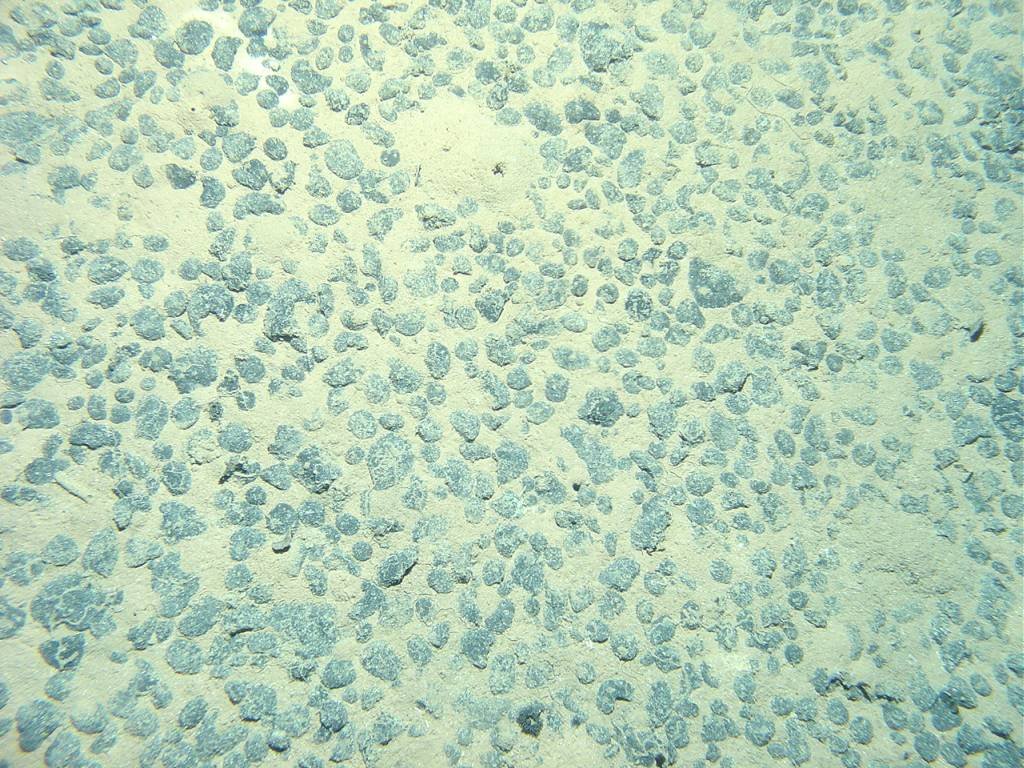Deep-sea mining is a lucrative industry, with the potential to extract non-ferrous metals from ocean floors that could hold immense value. The manganese nodules found at depths of 4,000 to 6,000 meters, in the form of potato-to-cabbage-sized structures, hold metals such as copper, cobalt, manganese, nickel, and molybdenum that have accumulated over millions of years. While the harvesting of manganese nodules is not yet permitted, the UN’s International Seabed Authority (ISA) plans to allow mining by next July.
Despite the immense profits that could be made from deep-sea mining, experts warn that harvesting the manganese nodules could destroy the deep-sea ecosystem and pose health risks to humans. Manganese nodules are radioactive, and mining, transporting, and processing them could result in radiation damage. Alpha emitters, which largely emit alpha radiation during decay, can be particularly harmful if inhaled or ingested.
To address this gap in knowledge, scientists at the Alfred Wegener Institute for Polar and Marine Research in Bremerhaven launched the MiningImpact2 project in 2015. This project aims to investigate the effects of industrial deep-sea mining on sediments and the water column in the Pacific, as well as the habitats and ecosystems present there. The study reveals that the mining and processing of manganese nodules, as well as the use of products made from them, could pose health hazards to people due to their radioactivity.
While the study does not fully establish the extent to which mining and processing manganese nodules could put human health at risk, the measured level of radioactivity was surprising to researchers. For instance, radium-226 in the nodules exceeded the limit value of 0.01 becquerel per gram laid down in the German Radiation Protection Ordinance by a hundred to a thousand times.
Moreover, the activities of thorium-230, radium-226, and protactinium-231 were found to be highest on the surface of nodule fragments, which could become airborne during processing. Dust from abrasion could disperse in the air and be inhaled by workers or the general public. In addition, tailings from mining sludge could flow back into the ocean and be consumed by marine organisms that end up in the food chain.
The authors of the study urge deep-sea mining companies to invest in additional safeguards against the radioactive risks posed by manganese nodules. However, doing so could also increase costs and decrease profitability. As such, mining companies must weigh the potential profits against the risks to both the environment and human health when deciding whether to go ahead with deep-sea mining.



